How do you intend to do this butchery?
Unless you have very specialized tools, a Dremel cutting disk or something like that could generate a lot of static charges. Well enough to kill the chip!
Moreover, mechanical stresses could damage the internal bond wires, or even the die. Let alone you would have the bond wires to the cut-off pins protruding flush from the cut side (8 of them), maybe shorted together due to harsh mechanical stresses during the butchering action.
People needing to reverse-engineer a chip do this kind of things, but they use much more "delicate" measures. Moreover, they want to expose the die, so they "cut" off the upper part of the package.
In particular see this video showing LASER decapsulation.
Google for "chip decapsulation" and you'll find tons of references and you'll understand why it is a costly process if you want your die to survive! People pay big bucks to reverse engineer chips (both for legitimate and criminal purposes). Legitimate purposes comprise failure analysis ("Why our top notch IC failed unexpectedly?!? Let's crack it open and see what happened!") or retrieving lost designs ("OK, we acquired this little IC design house with these excellent parts. But, wait! Where are the design sheets of the groundbreaking HQC954888PXQ processor?!? Who fired the design engineers who knew?!?" - Yes these things happen!).
BTW, Did I mention all these methods are delicate?!? Side cutters are not what I could call delicate. When I was a boy I remember cutting a (dead) IC to see the die using a big side cutter: it splintered wildly!
YMMV!



